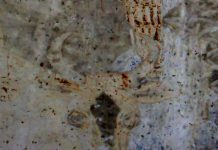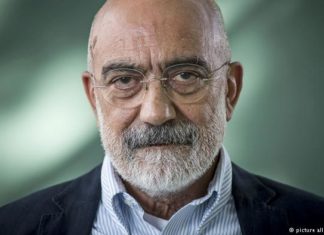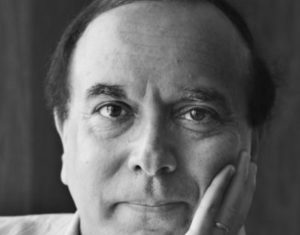By Raffi Bedrosyan
Germany has decided to name several neighborhoods, streets, buildings and public schools in Berlin and other German cities after Adolf Hitler and other Nazi heroes.
If this revelation were to be true, how would you react? How do you think Germans would react? How do you think Jews still living in Germany would react? My guess is you, the Germans and the Jews would all find it inconceivable, offensive and unacceptable.
And yet, it is true, acceptable and inoffensive in Turkey to name several neighborhoods, streets and schools of Istanbul and other Turkish cities after Talaat Pasha and other Ittihat ve Terakki “heroes,” who were not only the planners and perpetrators of the 1915 annihilation of the Armenian citizens of the Ottoman empire, but also the government leaders responsible for the loss of the Ottoman empire itself. At last count, there were eight officially-named Talaat Pasha neighborhoods or districts, 38 Talaat Pasha streets or boulevards, seven Talaat Pasha Public Schools, six Talaat Pasha Buildings and two Talaat Pasha Mosques, scattered around Istanbul, Ankara and other cities. After his assassination in 1922, he was originally interred in Berlin, Germany, but his remains were transferred in 1943 to Istanbul by the Nazis attempting to appease the Turks, and re-buried with full military honors at the Infinite Freedom Hill Cemetery in Istanbul. The other notorious Ittihad ve Terakki leader Enver Pasha’s remains were also transferred in 1996 from Tajikistan and re-buried beside Talaat, with full military honors, attended by Turkish President Suleyman Demirel and other dignitaries. Is this hero worship misguided or deliberate? Is the denial of the 1915 events a state policy only, or also unquestionably and wholeheartedly accepted by the Turkish public, brainwashed by the state version of history?
Undoubtedly, there was mass participation in the genocide committed by the Ittihadist leaders, resulting in the removal of Armenians from their homeland of 3,000 years, and the immediate transfer of Armenian wealth, property and possessions to the Turkish and Kurdish general public, as well as thousands of government officials. And yet, despite the mass participation and hero worship for the leaders of these “crimes against humanity,” there were also a significant number of ordinary Turks and Kurds, and several government officials who refused to participate in the massacres and plunders, and instead, tried to prevent them. There is complete silence and ignorance in Turkey about these righteous Turkish officials, who refused to follow the government orders to destroy the Armenian people, and instead, tried to save and protect them, and paid dearly for their actions, resulting in the loss of their positions, or even their lives as a consequence. This article will cite some examples about these real heroes.
Celal Bey was governor of Konya, a vast central Anatolian province, and a key concentration point for the Armenian deportation routes from the north and west Anatolia on the way to the Syrian desert. He knew exactly what the fate would be for the Armenians on the deportation routes, or if they survived the deportations and reached Der Zor, because he was previously governor of Aleppo and had witnessed the atrocities against the Armenians there. He had tried to reason with the Ittihad ve Terakki leaders that there was absolutely no Armenian revolt in Anatolia nor Aleppo, and that there was no justification for the mass deportations. However, one of his subordinates in Marash had inflamed the situation by arresting and executing several Marash Armenians, triggering a resistance by the Armenians. As a result, Celal Bey was removed from his governor’s post in Aleppo and transferred to Konya. He refused to arrange for the deportation of the Konya Armenians, despite repeated orders from Istanbul. He even managed to keep and protect some of the Armenians deported from other districts arriving in Konya. By the time he was removed from his post in October 1915, he had saved thousands of Armenian lives. In his memoirs about the Konya governorship, he likened himself to “a person sitting beside a river, with absolutely no means of rescuing anyone from it. Blood was flowing down the river, with thousands of innocent children, irreproachable old men, and helpless women streaming down the river towards oblivion. Anyone I could save with my bare hands, I saved, and the rest went down the river, never to return.”









